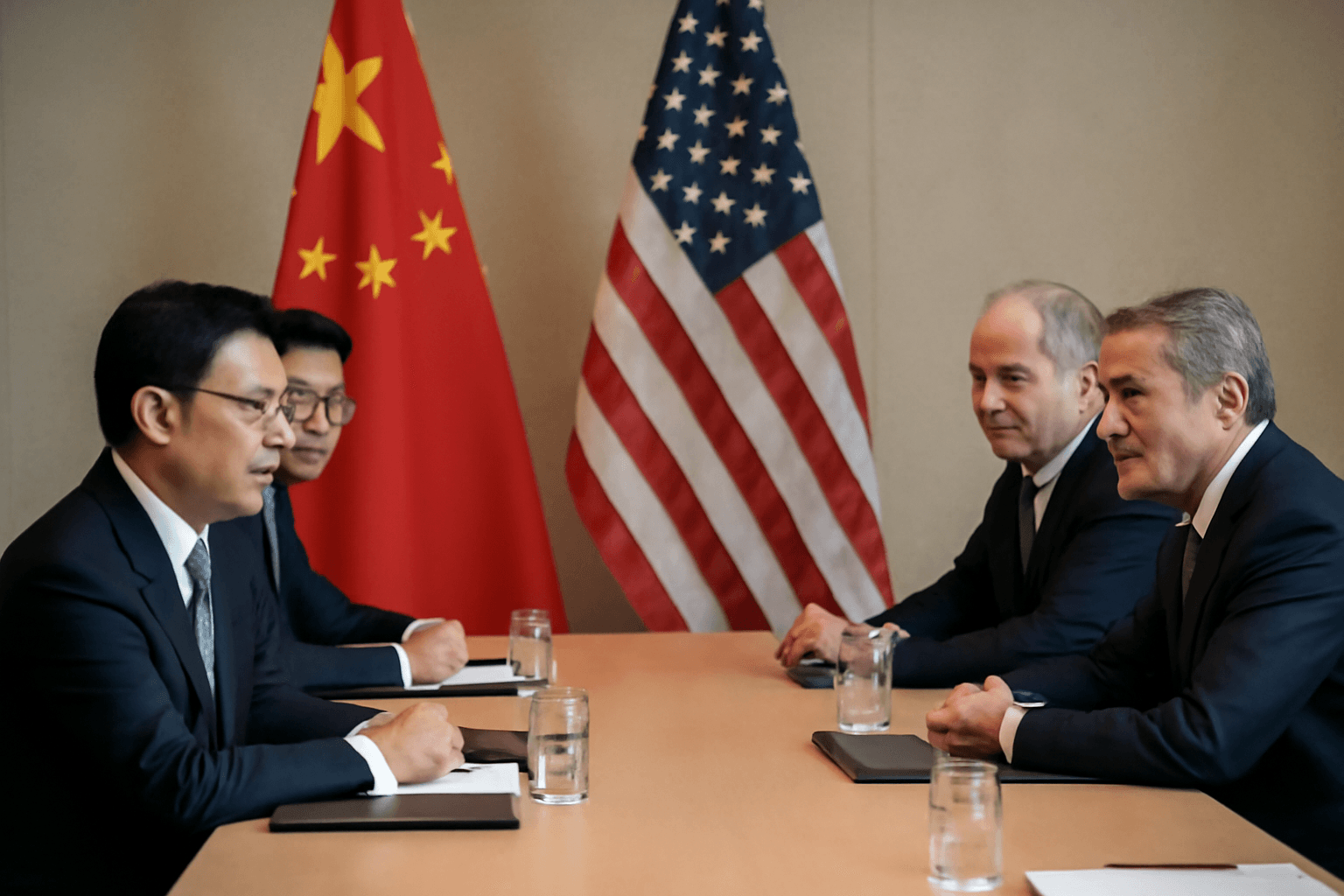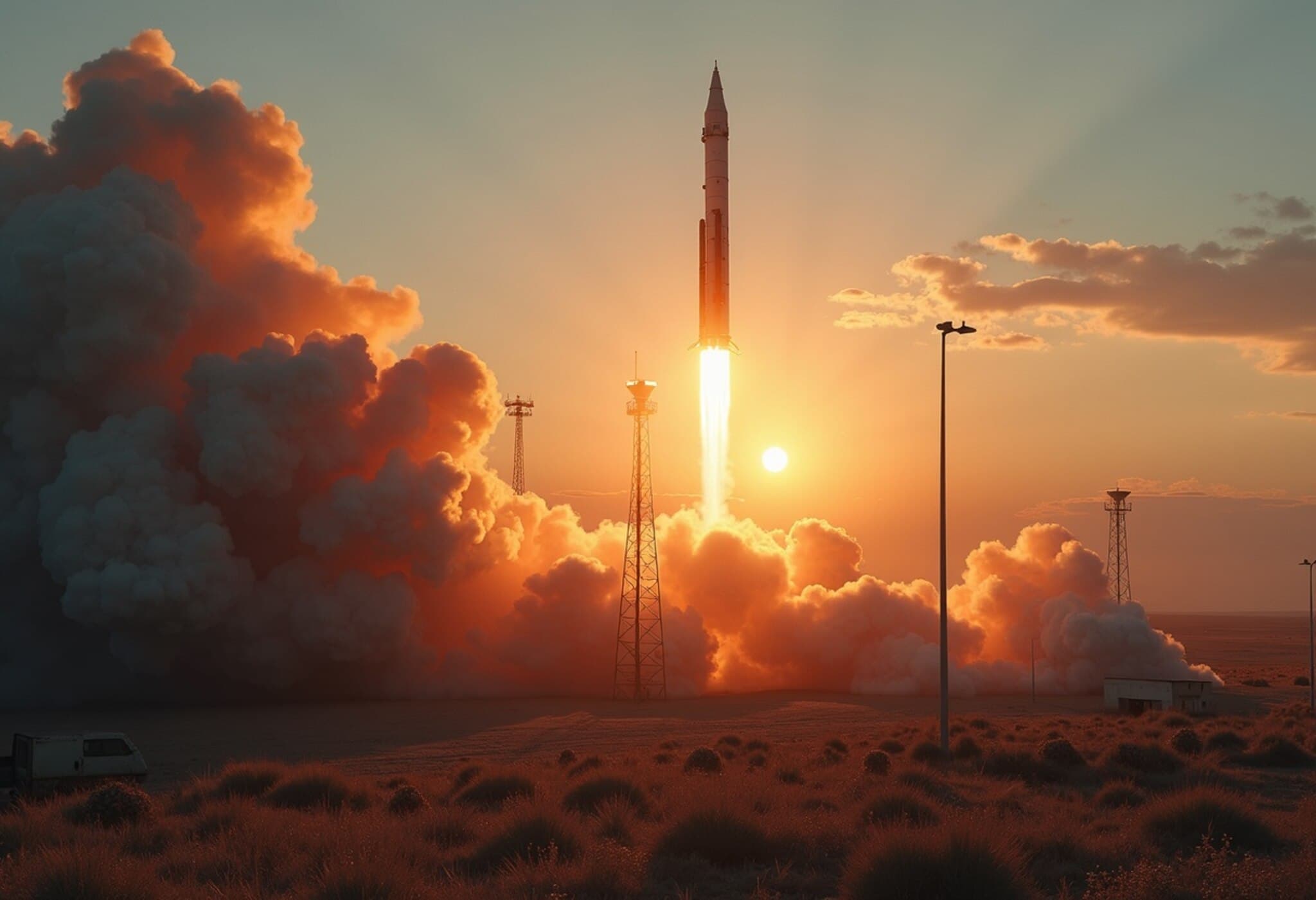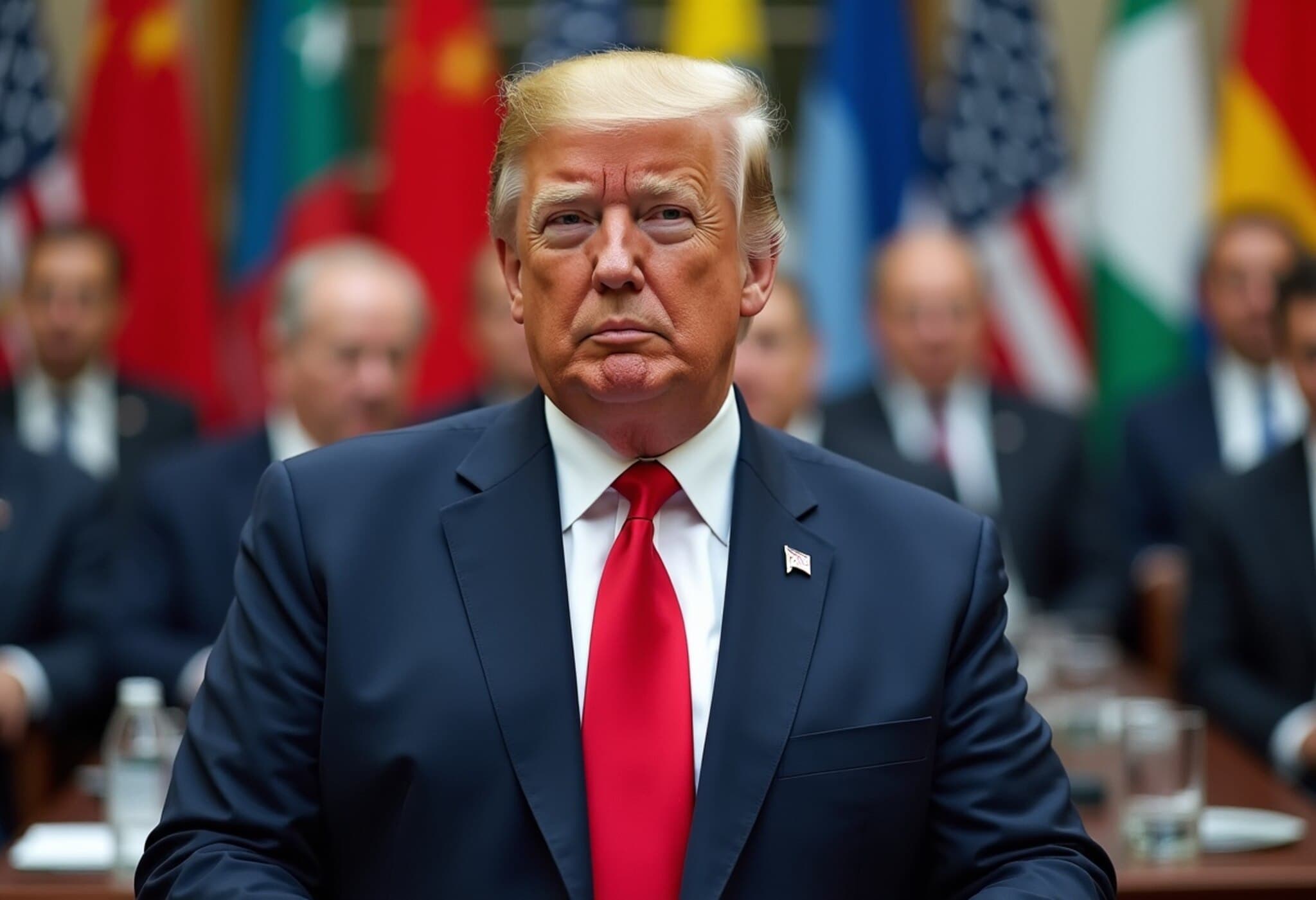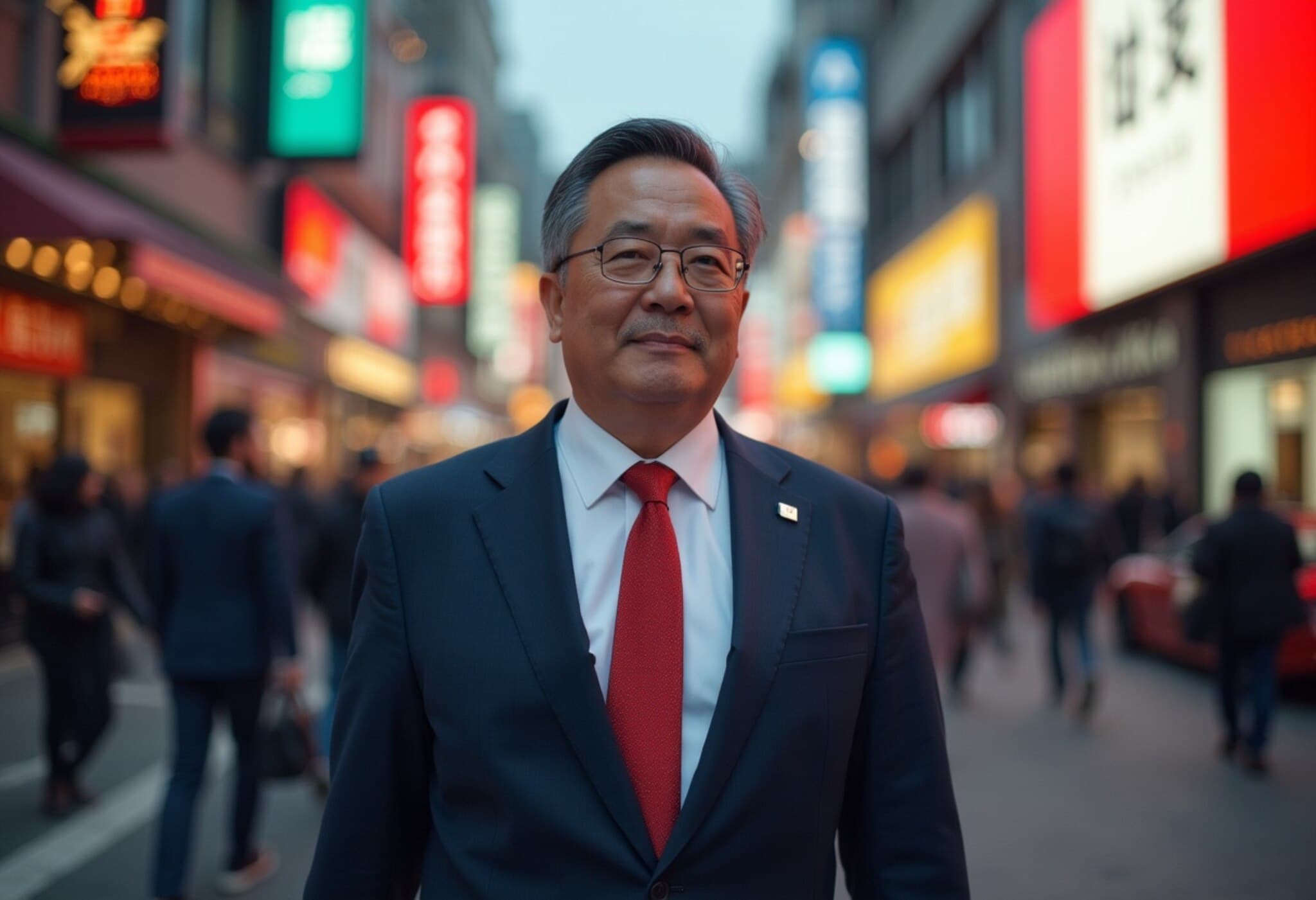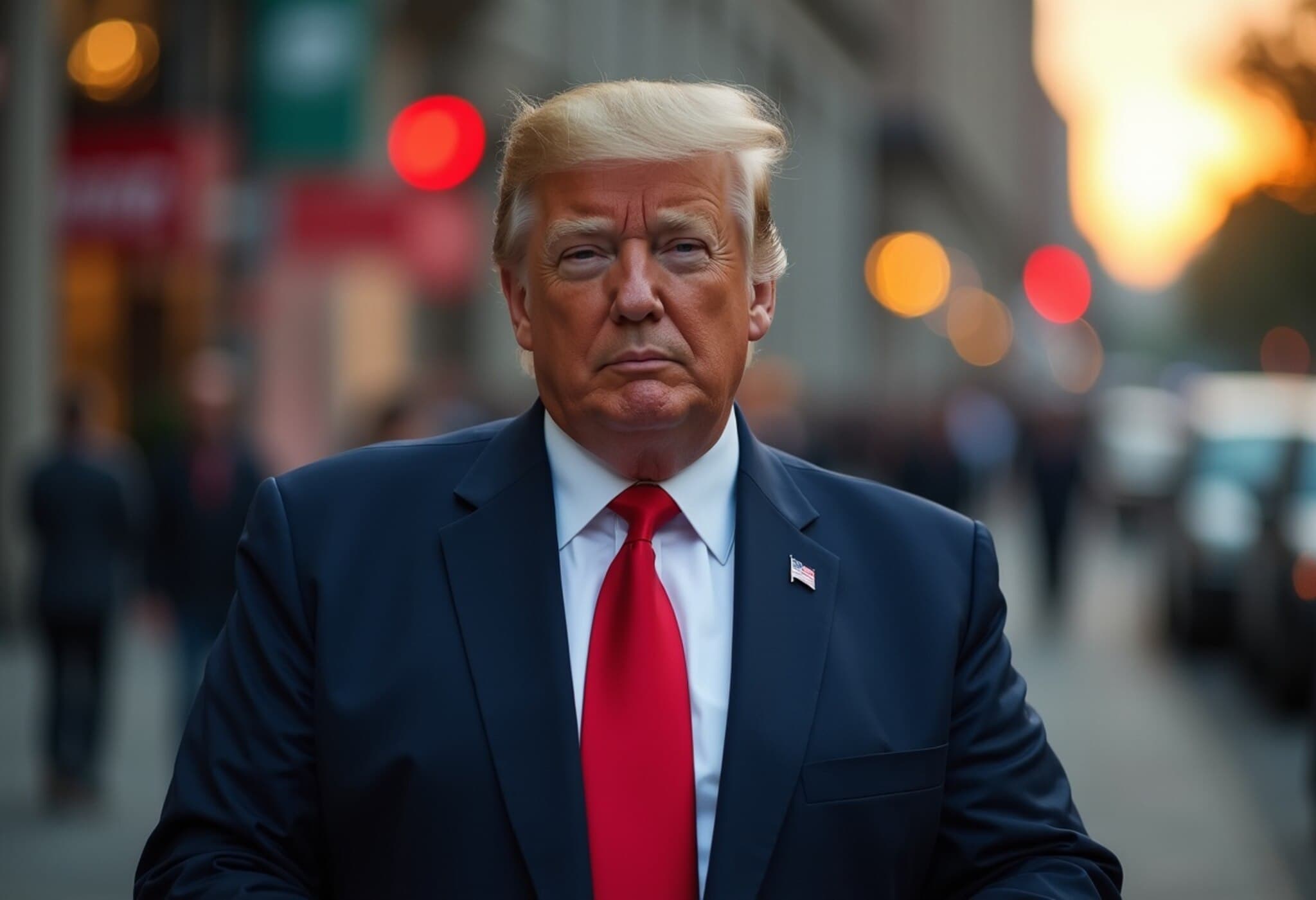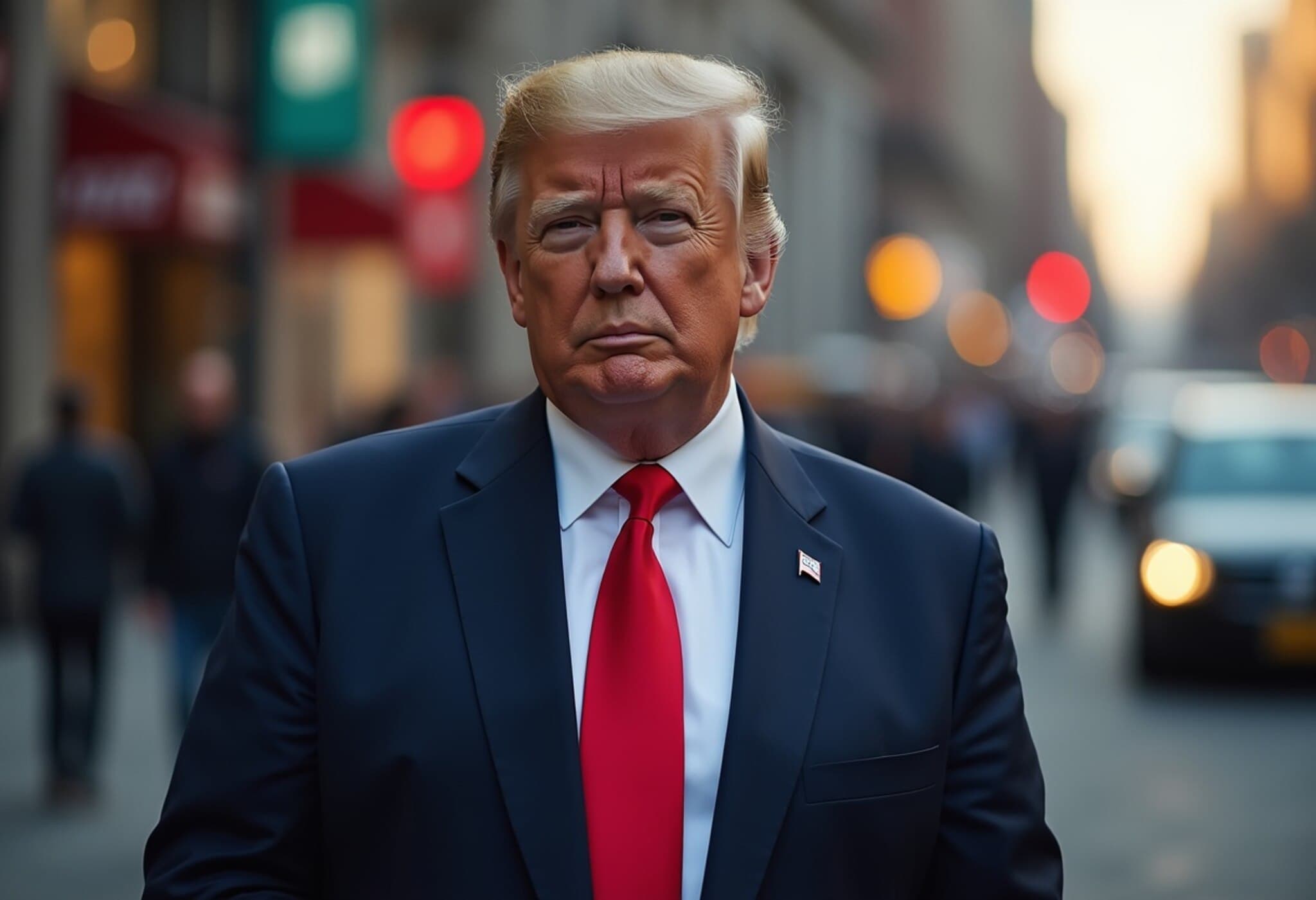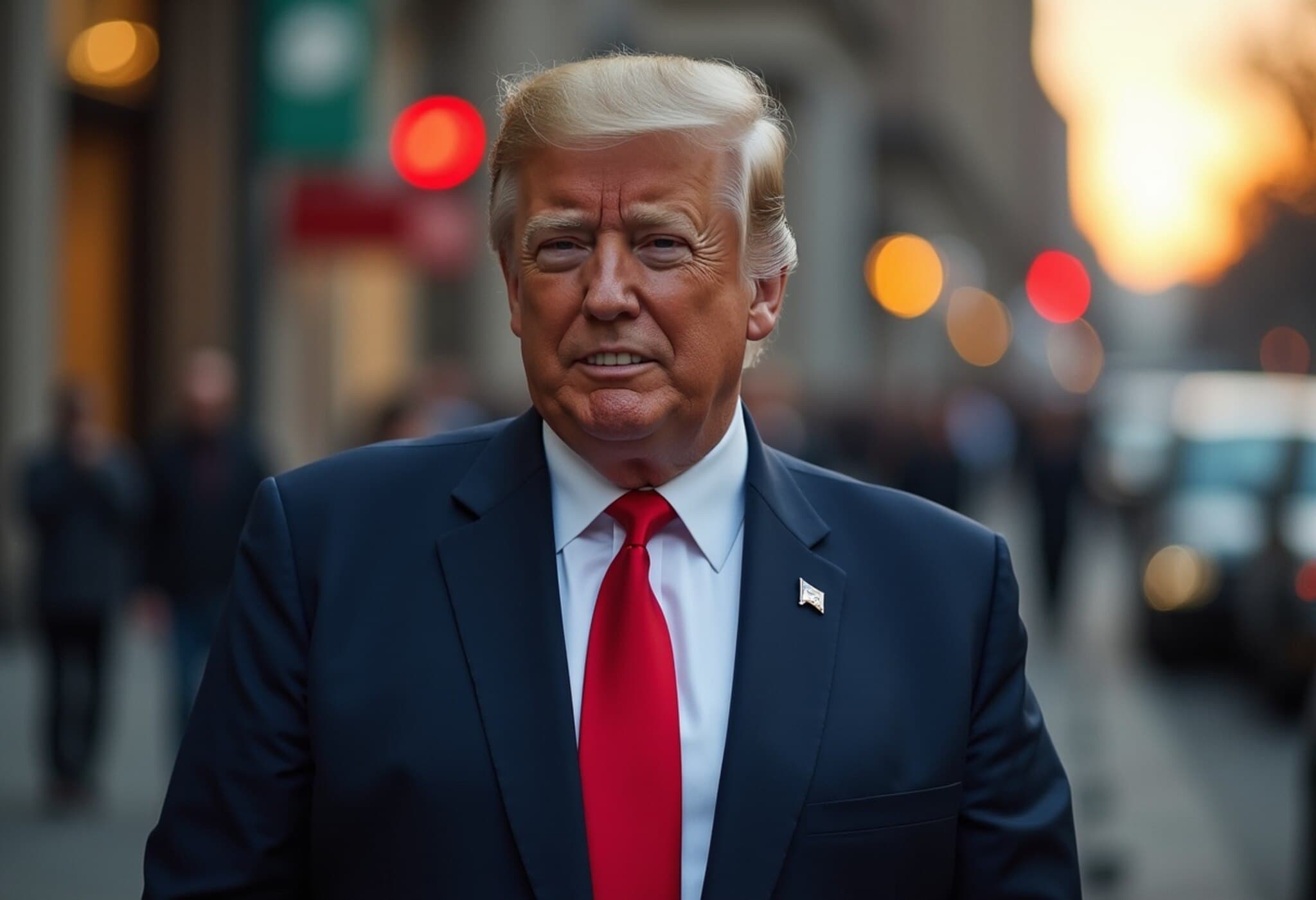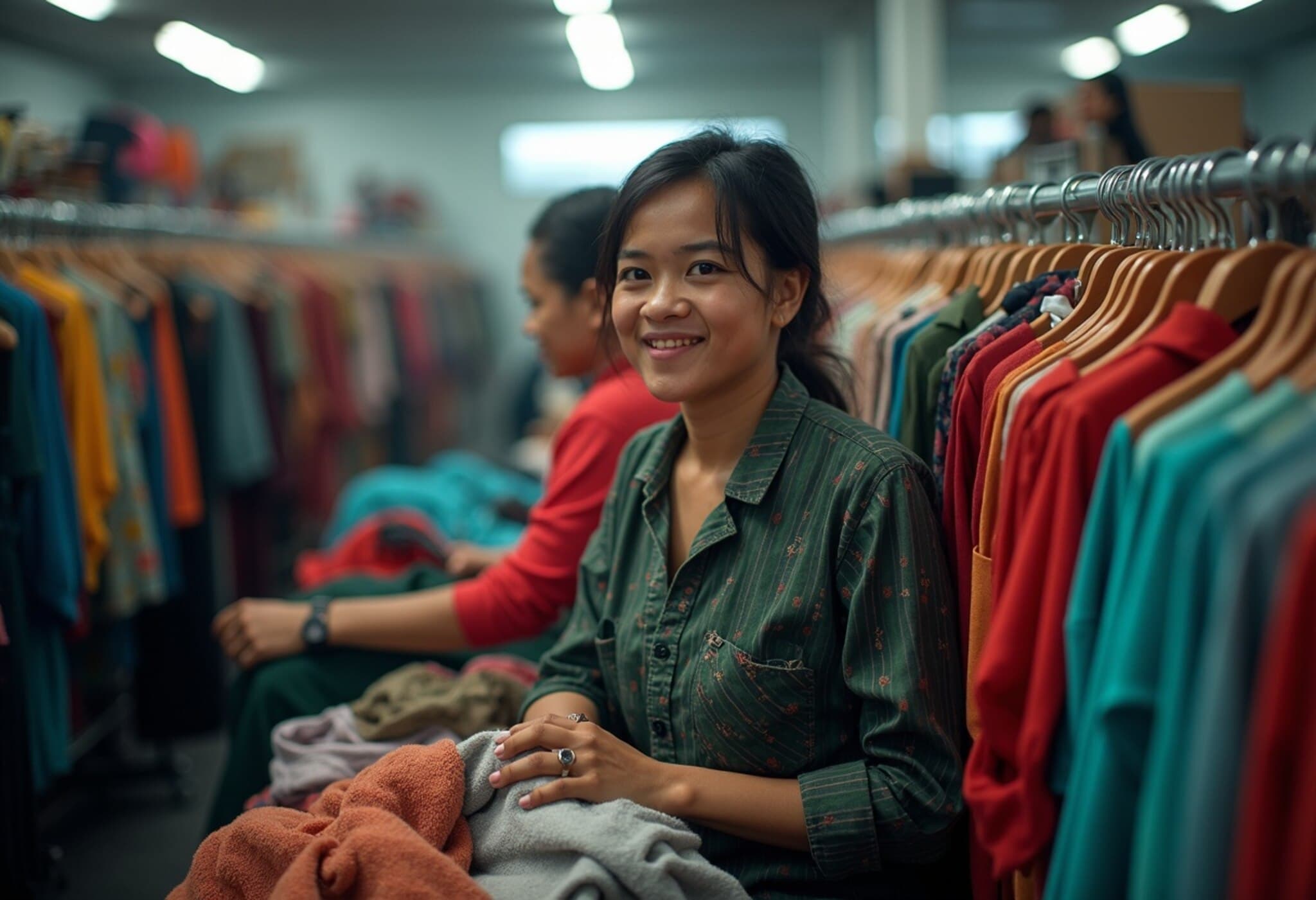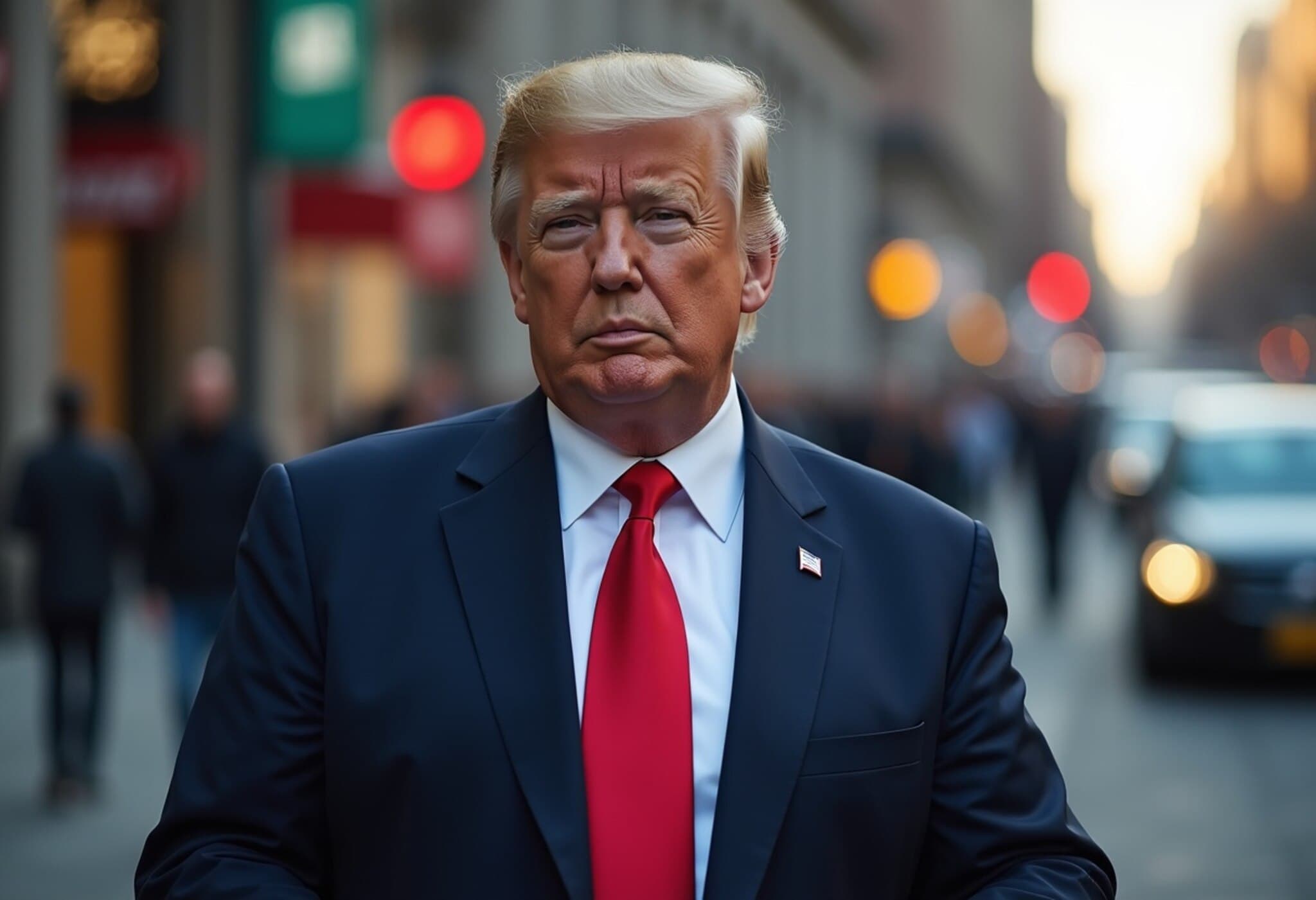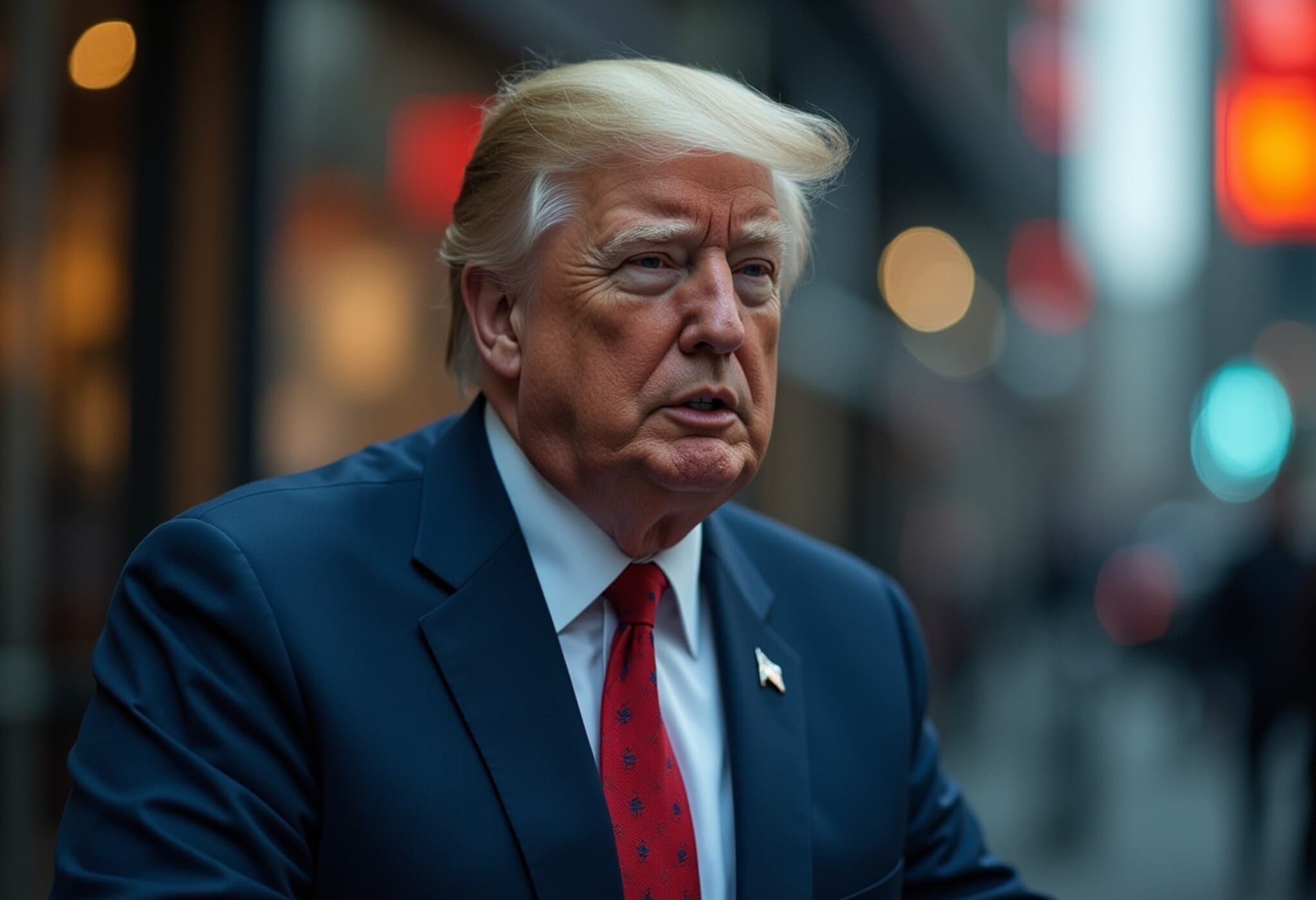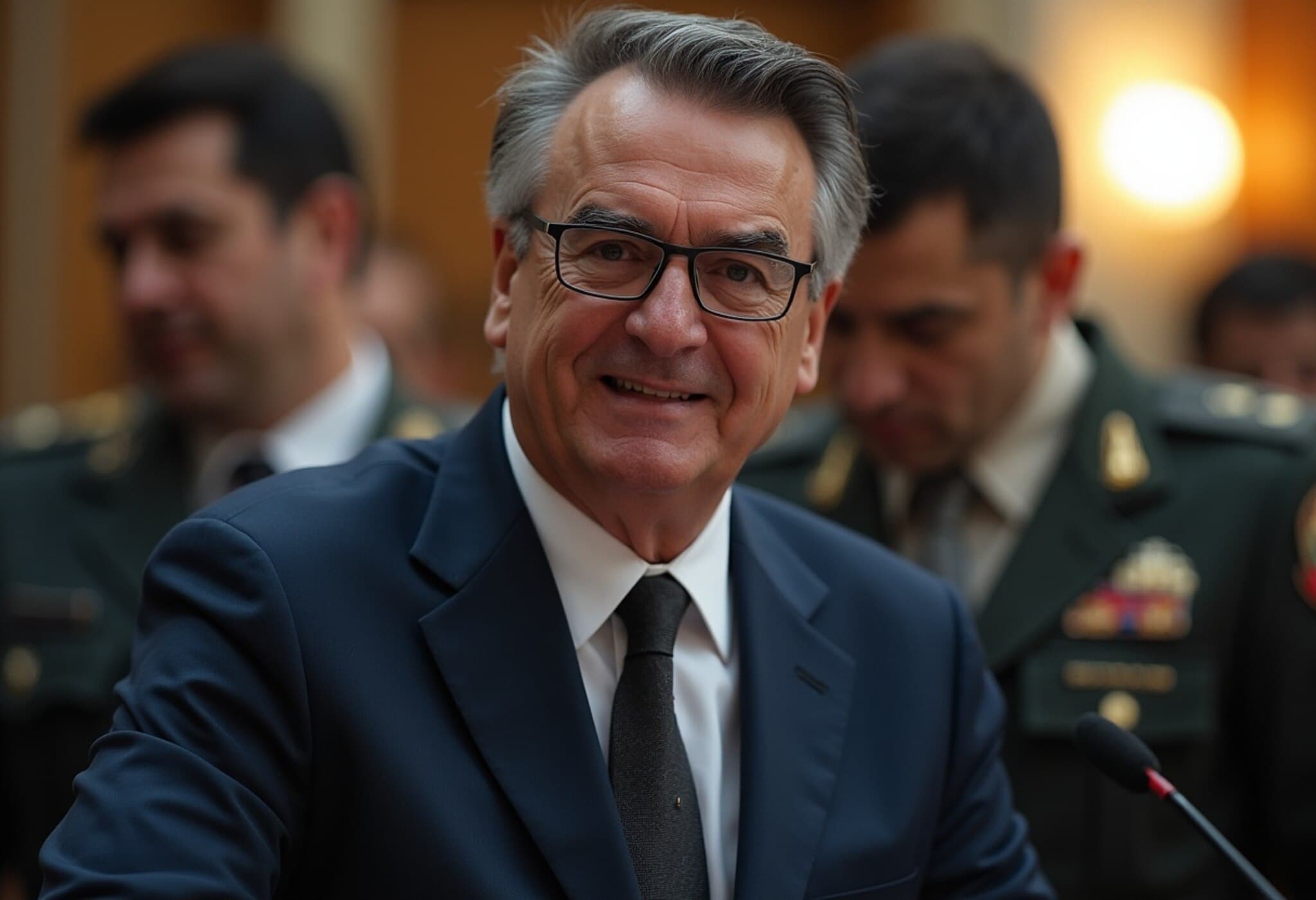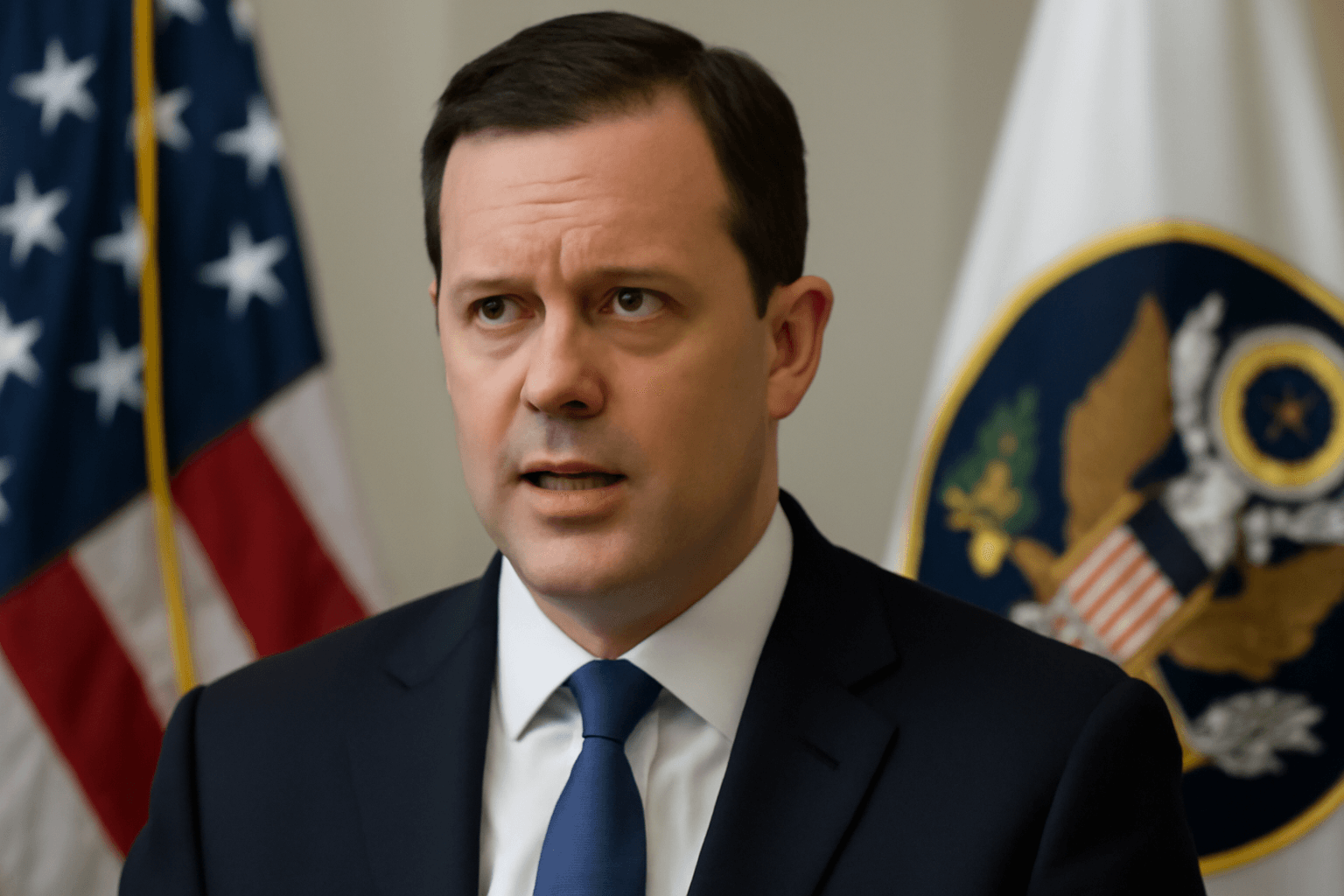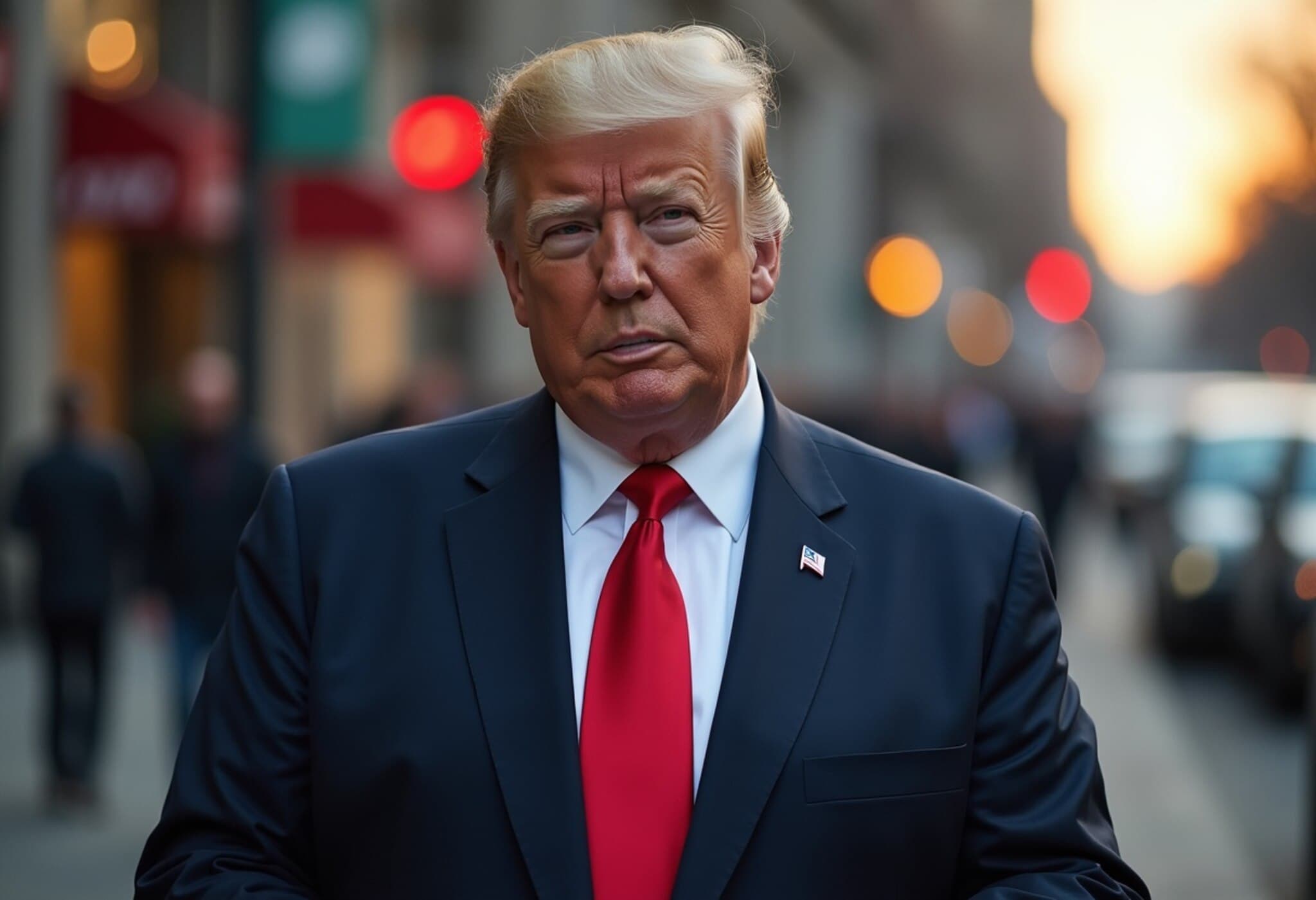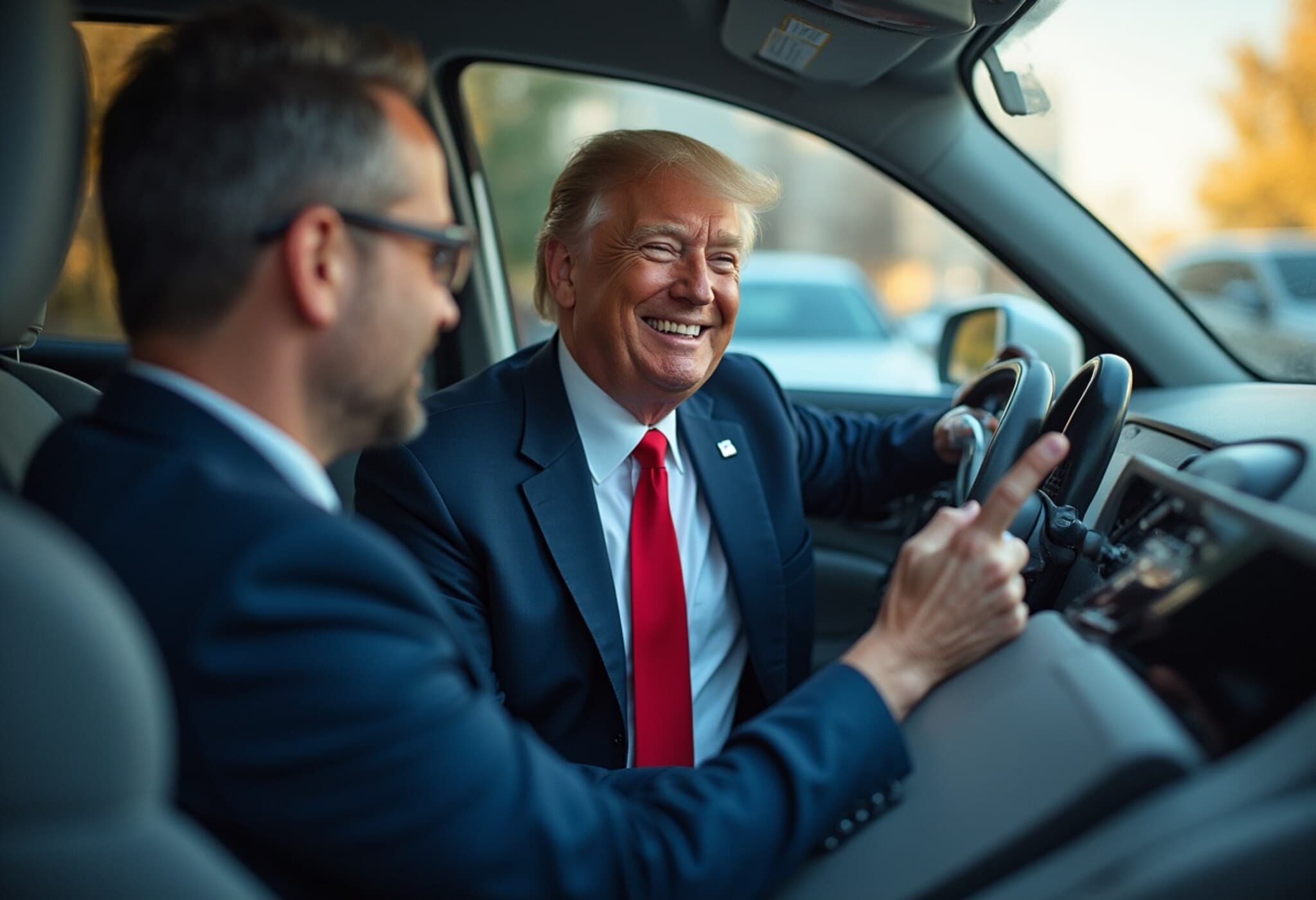Brazil Prepares for Impact of Trump’s 50% Tariffs on Exports
As the United States gears up to impose a sweeping 50% tariff on Brazilian goods starting this August, Latin America’s largest economy appears uniquely positioned to weather the storm compared to other nations facing similar US trade measures. Brazilian President Luiz Inacio Lula da Silva, known for his outspoken criticism of former President Donald Trump—whom he once dubbed an unwanted global “emperor”—has navigated the tariff battle with a blend of defiance and pragmatism.
Balancing Sovereignty and Trade Diplomacy
The tariffs come amid heightened political tensions, notably the ongoing trial of former Brazilian right-wing leader Jair Bolsonaro. Lula has firmly rejected Trump’s conflation of these domestic judicial proceedings with trade negotiations, viewing the tariff threats as a form of geopolitical blackmail that challenges Brazil’s sovereignty and judicial independence. Nevertheless, Lula has kept the door open to trade negotiations, signaling a readiness to find common ground despite the fraught backdrop.
Limited Economic Exposure to US Market
Unlike Mexico and Canada, which export approximately 75% of their goods to the United States, Brazil’s economic ties to the US are far more muted, with only about 12% of its exports destined for American markets. This relative insulation softens the tariff’s potential blow significantly. Meanwhile, Brazil’s trade relationship with China has strengthened dramatically over the past decade, with exports to Beijing now accounting for almost 28% of total shipments.
Moreover, the recent executive order issued by Trump includes major exemptions—covering aircraft, energy products, and the country’s renowned orange juice—reducing the tariff’s effective reach to around 36% of Brazil’s exports by value to the US. This strategic carve-out blunts what could have been a much sharper economic impact.
Shifting Markets and Economic Resilience
Many of the Brazilian goods subject to tariffs, including key commodities like beef and coffee, are expected to find alternative buyer markets abroad, albeit sometimes at discounted prices. Luiza Pinese, an economist at XP, recently revised her estimate of the tariff’s drag on Brazil’s gross domestic product (GDP) downward to a mere 0.15 percentage points for 2025, attributing the moderation mainly to the exemptions.
Goldman Sachs remains optimistic that Brazil’s economy will still grow at approximately 2.3% this year, buoyed by expected government support measures for sectors affected by US levies. Planning Minister Simone Tebet underscored Brazil’s diversified trading portfolio, highlighting its strong ties with BRICS nations—especially China, India, and Russia—and the South American Mercosur bloc.
- Agribusiness exports to Asia constitute nearly 50% of total shipments versus only 10% to the US.
- Manufactured goods export ratios skew even more heavily towards Asia, at four-to-one compared to the US.
Trade Openness and Structural Advantages
Compared to other major economies, Brazil’s relatively low trade dependence—exports and imports combined represent about 36% of GDP—means it is less vulnerable to trade disruptions. This openness ratio is less than half that of Mexico and significantly lower than many Asian economies, where trade shares exceed 70% of GDP.
Thiago Carlos, a portfolio manager at PIMCO specializing in emerging markets, points out that Brazil’s commodity-heavy export profile makes it easier for the country to redirect products to new buyers over time. He even suggests a silver lining: increased domestic food availability could ease inflation pressures, creating room for the Central Bank to lower Brazil’s benchmark interest rate, currently an austere 15%.
Unequal Regional and Sectoral Impact
Despite these buffers, the tariff regime’s effects will be uneven across Brazil’s vast and economically diverse landscape. Flavio Ataliba, a researcher at Fundação Getulio Vargas (FGV), highlights the Northeast as especially vulnerable due to its reliance on lower value-added exports such as fresh fruit, seafood, textiles, and footwear—all now caught under the full 50% tariff umbrella.
Additionally, economist Luis Otavio Leal warns that nearly 700 products received tariff exemptions out of approximately 4,000 exported to the US, leaving a substantial portion of Brazilian exporters exposed and in need of targeted government assistance to protect jobs and mitigate potential losses.
Outlook and Policy Challenges
Brazil’s Central Bank acknowledges the tariffs could significantly impact certain sectors but considers the broader macroeconomic consequences uncertain, contingent on ongoing trade negotiations and market sentiment. Meanwhile, analysts maintain that Brazil’s economic growth trajectory remains largely stable for 2026, forecasting a modest 1.6% to 1.7% increase even if a US trade deal fails to materialize.
This evolving situation presents a striking example of how strategic economic diversification, political will, and pragmatic trade diplomacy can help a nation navigate the turbulent waters of global protectionism. Yet, the unfolding story also raises critical questions about equity—both among Brazilian regions and within vulnerable industries—and the effectiveness of policy responses in safeguarding long-term economic resilience.
Editor’s Note
Brazil’s experience amid escalating US tariffs underscores the complexity of modern trade relations where geopolitical rivalry intersects with domestic politics and global supply chain realignments. While Brazil’s diversified trade portfolio and commodity strength provide cushioning, the uneven regional impacts and potential exposure of smaller exporters warrant close scrutiny. Policymakers across the Americas should monitor these developments carefully, as Brazil’s resilience—or vulnerability—may foreshadow broader trends in emerging market responses to protectionist pressures.


